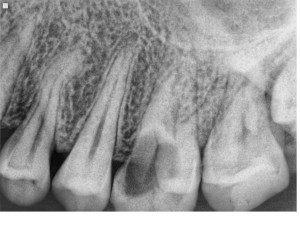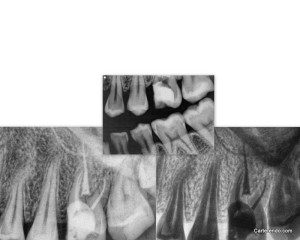In a personal communication with a colleague of mine, I was asked what my motivation was for maintaining a blog about endodontics.
While I was able to answer the question in passing, it was a question that stuck with me. A series of professional and personal responsibilities have taken up a great deal of my time over the winter and I am glad to be back sharing my experiences as an Endodontist with you. For those I don’t know personally, hopefully you will get to know me better by reading these entries.
My initial efforts in creating a blog were simply to share with the world my thoughts on a subject that is of great interest to me. In solo practice, I have an opportunity to see interesting things on a daily basis, unfortunately, other than the referring doctor and the patient, I don’t always have an opportunity to share these things with others. Also, for those who may be interested in what I do, but don’t want to ask(for whatever reason), this blog provides a look into my practice.
The patient below presented by way of a second opinion.
After suffering acute discomfort and an initial attempt at treatment, the patient was advised that the tooth should be removed and replaced with a dental implant. In addition, the patient received little information regarding an overall treatment plan specific to this tooth, the quadrant or a long term plan. Frustrated, the patient was able to secure another opinion and was referred to our practice.
While some teeth can be saved, other teeth cannot. However, I think we can all agree that each tooth should receive a fair hearing.
A couple of thoughts:
With the advent of microscopy, teeth that once could not be treated are now successfully retained. While some teeth are beyond repair, don’t be afraid to ask for another opinion! I appreciate having the opportunity to be a part of this decision making. While I enjoy saving teeth, I don’t enjoy discussing failures of teeth with patients. As such, there are times when an extraction is the best option. Some teeth have reached the end of the line.
Restorative treatment is extremely important to the long term success of endodontic treatment. Specifically, if indicated, a full coverage restoration placed in a timely manner will significantly improve the retention of the tooth. As such, any discussion of endodontic or implant treatment should include the Risks, Benefits, Alternatives(including no treatment and risks thereof) as well as the Cost. Some patients are willing and/or able to invest in endodontic and restorative treatment or implant treatment while others are not. But a failure to discuss these costs upfront benefits noone.
Finally, the bitewing radiograph is invaluable in assessing the depth of caries and the restorability of any tooth. The more you use it, the more you will like it.
I see this sort of thing with a great deal of regularity. I look forward to adding to this discussion in the next post.


